FOR ALL AGES
Image © Luxstorm on Pixabay.
Who doesn't love elephants?
The two species of African elephant are special and oh so interesting! Yes, we've seen our fair share of cartoon and illustrated elephants (Dumbo and Elmer The Patchwork Elephant for example) but how much do we know about these huge mammals?
Let Kidadl inform you! By the end of this blog packed with amazing facts, kids will be full of knowledge to share with friends and appreciate these animals more. With lots of ways to learn about animals such as elephants, you've picked the best place to start.
Find out about elephant tusks, elephant weight, the elephant lifespan, and much more!
1) African elephants can weigh between 2200 kilograms and 6350 kilograms.
2) African elephants can grow up to three metres tall, from the ground to their shoulder.
3) African elephants are the largest land animals on Earth. They have huge ears which have a shape like the continent of Africa itself.
4) In the dry season, African elephants use their tusks to dig for water. In creating holes to reach dry riverbeds, the watering holes made provide water for other animals to drink from too.
5) African elephants can live up to 70 years.
6) African elephants, along with other elephants, are mammals (animals which usually have hair or fur, and whose females give birth to their young, rather than laying eggs). African elephants, male and female, have hairs that are spread out, which is why they don't look furry.
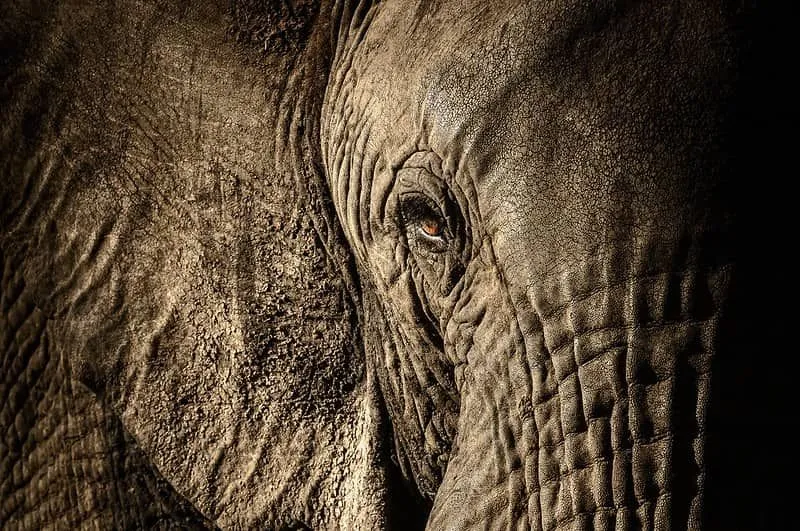
Image © Natural History Museum
7) Elephants have excellent memories. The part of their brains that remembers things is larger than that in humans!
8) An elephant's trunk can be between 180cm and 214cm long. The African elephant's trunk is an extended upper-lip and nose. They have two bits on their trunks which look like fingers, which they use to grab small things.
9) An African elephant also uses its trunk to smell things, breathe, and trumpet. The trunk can detect vibrations, suck water and gently stroke. It can even lift a feather!
10) An African elephant trunk can have over 50,000 muscles in it.
11) African Forest elephants and African Savannah elephants have very large ears. They flap their large ears in certain ways when they're angry or happy. Their large ears also enable them to hear the calls of other elephants from far away.
12) Their ears can be around 2 metres long (top to bottom) and 1.5 metres wide!
13) Male and female African elephants have long, pointy tusks, which are incisor teeth. These tusks keep growing - even as adults. These tusks help them dig for food and water, as well as removing tree bark to eat.
14) Male African elephants have larger tusks than females, and enjoy battling one another with their tusks.
15) An African elephant's tusks can be around 2 metres long.
16) Their brains can weigh between 4 kilograms and 6 kilograms.
17) Elephant skin can be up to 2.5cm thick!
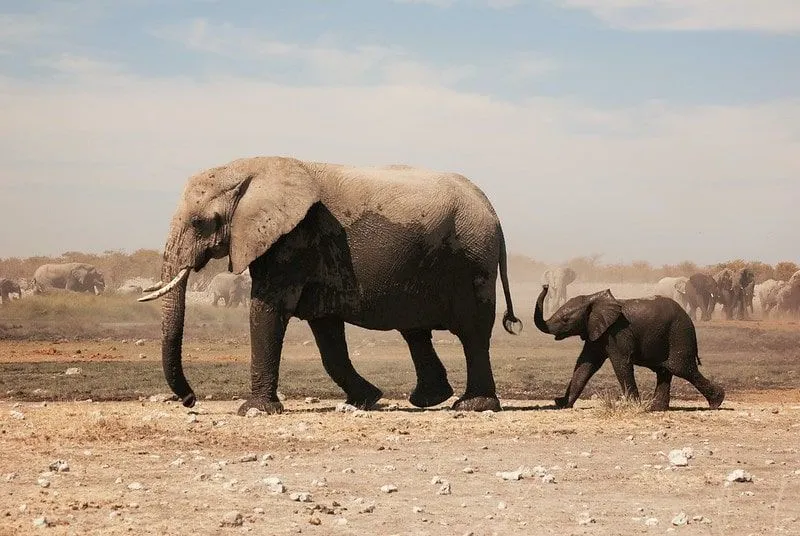
Image © Tobias Adam
Ever wondered about the behaviour of elephants among the rest of the animal kingdom? Find out here!
18) The scientific name for the African elephant used to be Loxodonta Africana, as the African elephant was considered one species. Now, we have two species of African elephant: the African Forest elephant (Loxodonta cyclotis) and the African Saharan elephant (Loxodonta africana, also known as the African Bush elephant).
19) A group of elephants is called a herd.
20) Dung Beetles love to live in African elephant poo!
21) African elephants sleep lying down or leaning against a tree.
22) When eating, African Forest elephants leave gaps in the plants that they eat. The space left in bushes and trees creates little paths for small animals to move through.
23) In the savannahs (grassy areas in very warm areas, with few trees and little else around) African Savannah elephants uproot whole trees (take trees completely out of the ground, with their roots too) and they eat saplings (young trees with thin trunks). Doing this creates space for animals like zebras (who prefer open spaces to crowded places) to enjoy.
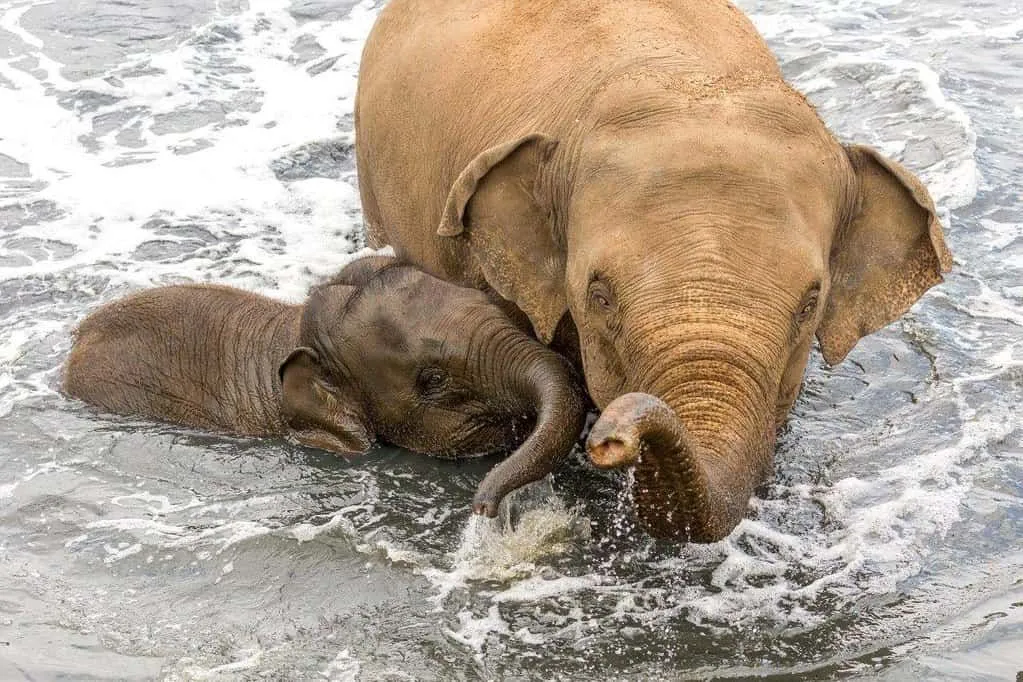
Image © Worburn Safari Park
24) Elephants can be left-tusked or right-tusked, like humans can be left-handed or right-handed!
25) African elephants don't sleep long, only up to five hours.
26) African elephants can understand the feelings of other elephants, can comfort a fellow elephant that is upset, and mourn (feel and show sadness) when a fellow elephant dies.
27) An African elephant can detect a thunderstorm from 280km away and head towards it, looking for water. They're not afraid!
28) Elephants can recognise their reflections in mirrors - they are very clever. Along with humans and apes, they are considered to be the most intelligent animals.
29) Elephants can run faster than humans, running up to 18 metres per second.
30) African elephants can be dangerous, but most times they're pleasant and peaceful. The bulls (males), however, can be aggressive and dangerous when competing for cows (females).
31) Sometimes elephants use their ears to communicate! Their ears flap in certain ways to signal to fellow elephants, as well as make specific rumbling noises.
32) Elephant herds are led by the biggest and oldest female.
33) This female will lead other females and the young, while the males often roam solo, or occasionally with small groups of other males.
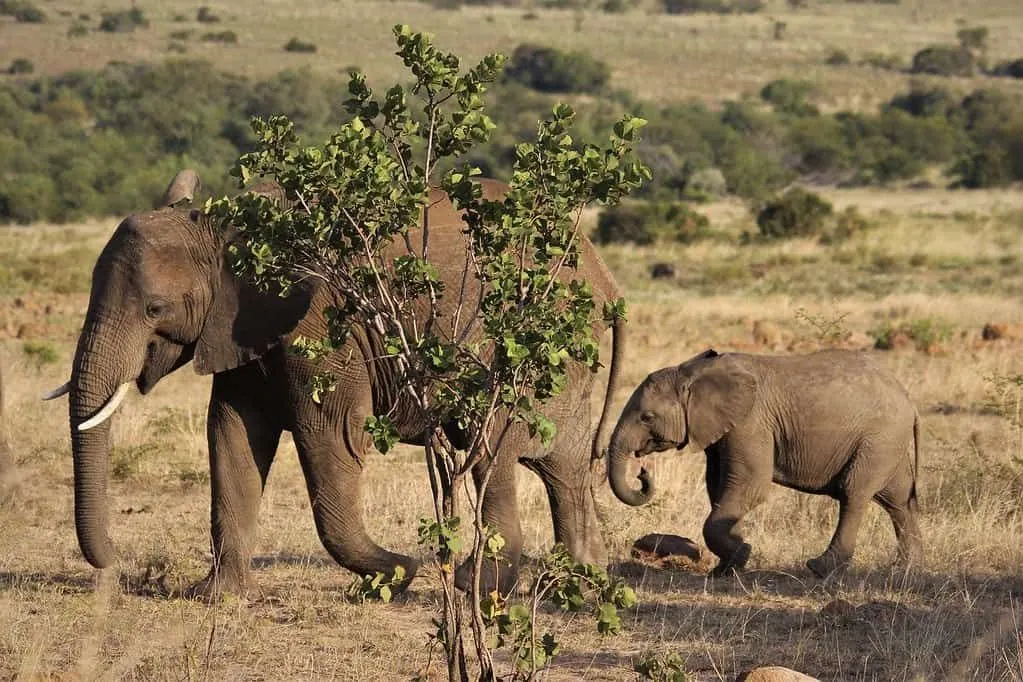
Image © Nel Botha
Like us humans, African elephant species' get hungry too. Find out all about their diets here.
34) African elephants are herbivores, so they only eat plants, no meat.
35) African elephant dung (poo) contains lots of seeds. As the African elephants walk around and poo along the way, these seeds get deposited, helping plants to grow in different areas.
36) African elephants can spend 10 to 12 hours eating!
37) An adult elephant can eat up to 136 kilograms of food in one day. This could be plant roots, grasses, tree bark, or fruit.
African elephants have homes - while they may not buildings, there are large areas that they dwell in, called their habitats.
38) You can find African elephants roaming between the Sahel region of Mali (Africa), the rainforests of central and West Africa and the Savannahs of sub-Saharan Africa.
There are many national parks in these areas, such as the Mount Elgon National Park in Kenya, East Africa.

Image © Fearscare
Elephant populations have been declining over the past few years, and conservation efforts are being made to protect them from extinction.
39) African Elephants are not endangered, but they are vulnerable to extinction, which means we could run out of elephants in the future if we don't look after them.
40) A lot of African elephants from both species are being captured and killed so that their tusks can be cut off and used to make ivory, a hard white substance used to make things, like ornaments. This illegal hunting and killing is called poaching. Poaching in many places for the ivory trade is a big problem.
41) Also, forests are being destroyed as more land is covered with concrete to expand cities for people to live in, which makes it hard for elephants to find food.
They may be babies. but these elephants are not little - find out more about baby elephants below!
42) A baby elephant is called a calf.
43) A mother African elephant can be pregnant for as long as 22 months (nearly two years). Mother African elephants with babies may wait between two and four years before having their next calf.
44) Like children suck their thumbs, baby elephants suck their trunks!
45) An elephant calf can weigh around 91 kilograms when it's born.
46) A baby elephant and mother elephant can use their trunks to communicate with each other.
And that's that for our facts about African elephants! With your new knowledge, why not try a fun, elephant-inspired activity too?
Read The Disclaimer
At Kidadl we pride ourselves on offering families original ideas to make the most of time spent together at home or out and about, wherever you are in the world. We strive to recommend the very best things that are suggested by our community and are things we would do ourselves - our aim is to be the trusted friend to parents.
We try our very best, but cannot guarantee perfection. We will always aim to give you accurate information at the date of publication - however, information does change, so it’s important you do your own research, double-check and make the decision that is right for your family.
Kidadl provides inspiration to entertain and educate your children. We recognise that not all activities and ideas are appropriate and suitable for all children and families or in all circumstances. Our recommended activities are based on age but these are a guide. We recommend that these ideas are used as inspiration, that ideas are undertaken with appropriate adult supervision, and that each adult uses their own discretion and knowledge of their children to consider the safety and suitability.
Kidadl cannot accept liability for the execution of these ideas, and parental supervision is advised at all times, as safety is paramount. Anyone using the information provided by Kidadl does so at their own risk and we can not accept liability if things go wrong.
Kidadl is independent and to make our service free to you the reader we are supported by advertising.
We hope you love our recommendations for products and services! What we suggest is selected independently by the Kidadl team. If you purchase using the buy now button we may earn a small commission. This does not influence our choices. Please note: prices are correct and items are available at the time the article was published.
Kidadl has a number of affiliate partners that we work with including Amazon. Please note that Kidadl is a participant in the Amazon Services LLC Associates Program, an affiliate advertising program designed to provide a means for sites to earn advertising fees by advertising and linking to amazon.
We also link to other websites, but are not responsible for their content.
Was this article helpful?


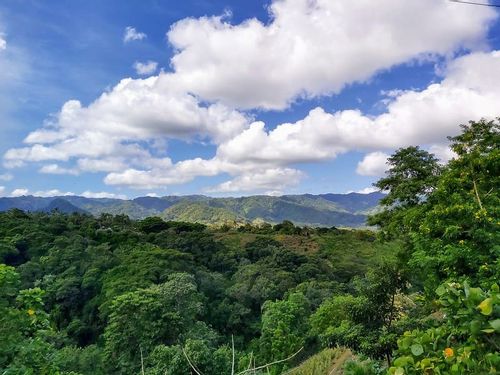
Browse Category



We’ll send you tons of inspiration to help you find a hidden gem in your local area or plan a big day out.



Check your inbox for your latest news from us. You have subscribed to:
Remember that you can always manage your preferences or unsubscribe through the link at the foot of each newsletter.